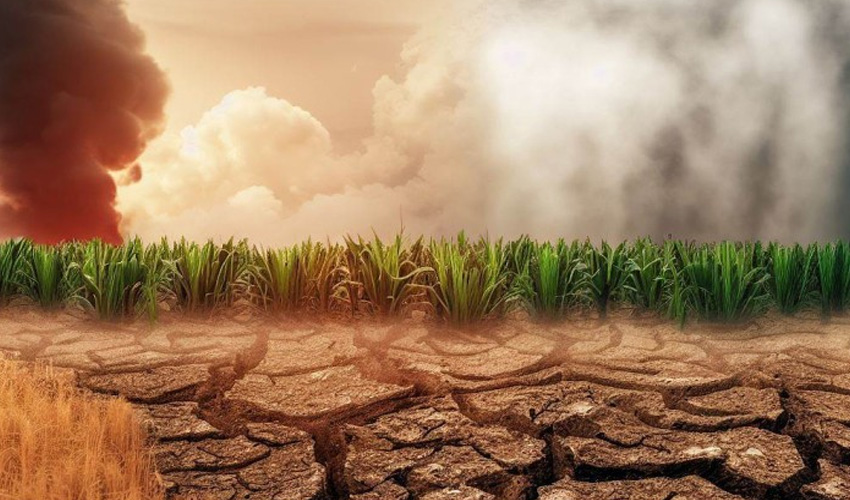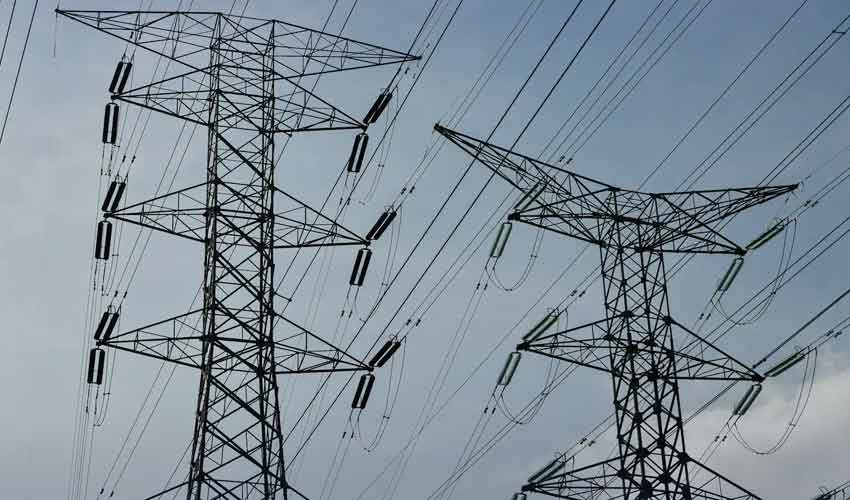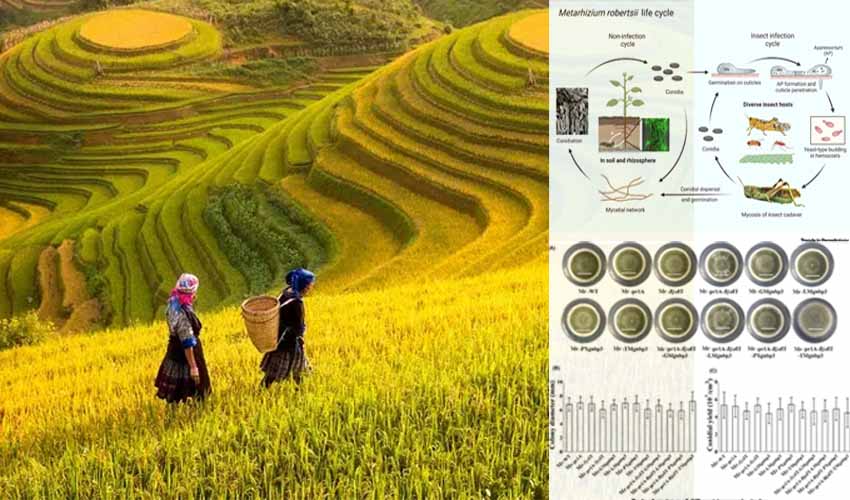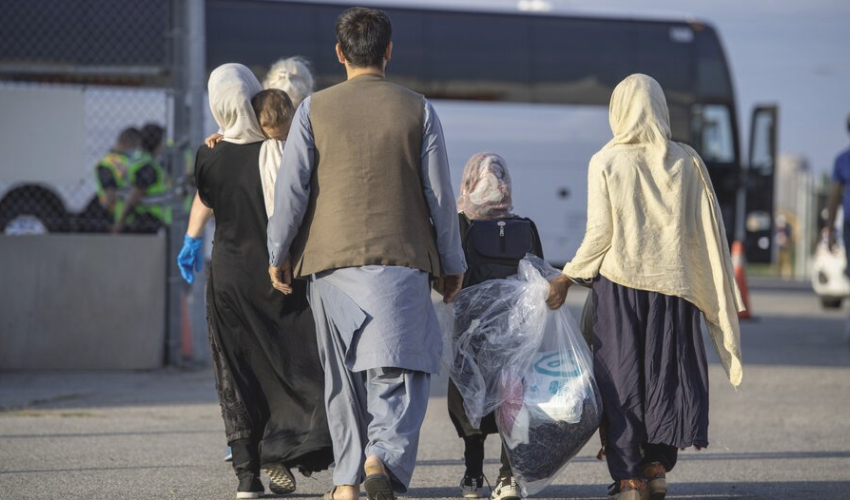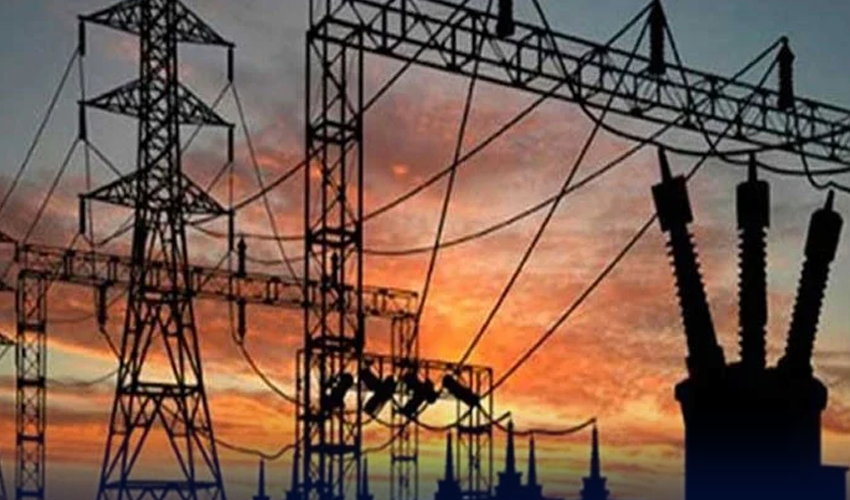Pakistan is among the most climate-vulnerable countries, facing severe consequences due to its diverse geographical and climatic features. Despite contributing less than 1% to the global carbon footprint, Pakistan endures the significant impacts of climate change.
These include changing weather patterns, intense heat waves, erratic rainfall, catastrophic floods, rising temperatures, variable monsoons, and rapidly melting northern glaciers. These phenomena, combined with recurring extreme weather events and natural disasters, have increasingly plagued the country in recent years.
According to the Global Climate Risk Index, Pakistan ranks as the fifth most climate-vulnerable country globally. From 1999 to 2023, Pakistan has lost thousands of lives and suffered economic losses exceeding $40 billion due to climate change. Projections suggest that climate-related events, environmental degradation, and air pollution could shrink Pakistan's GDP by 18-20% by 2050. This highlights the urgent need to address climate change and mitigate its effects on livelihoods and the economy.
Although developing countries like Pakistan are not major contributors to global emissions, acknowledging and addressing climate change impacts is crucial, especially to combat local issues like air pollution and smog.
Understanding public priorities, trusted information sources, and motivating factors behind climate actions is essential for effective adaptation strategies. While most people are concerned about climate change, it is not always their top priority.
Climate projections play a critical role in policymaking, resource management, economic activities, and technological advancements. Accurate information on climate variability is necessary to anticipate its impacts on water resources, agriculture, energy, the economy, health, industry, and private sectors.
Global warming is causing significant changes to the physical processes that drive climate dynamics, often resulting in extreme events of unprecedented intensity, causing irreversible damage to natural resources.
Pakistan's vulnerability to climate change is heightened by its warm climate, arid and semi-arid regions, and reliance on the Hindukush-Karakoram Himalayan glaciers for river water. These glaciers are rapidly receding due to global warming. With over 5,000 glaciers in the north and hyper deserts in the south, Pakistan faces significant climatic challenges. The upstream and downstream interactions, under increasing extreme hydrological events, make the Indus Delta a high-risk zone for sustainable crop production.
Pakistan's largely agrarian economy is highly sensitive to climate variability, particularly fluctuations in monsoon rains, which cause severe floods and prolonged droughts. Water, flood, and energy security are increasingly threatened by climate change. Coastal areas and the Indus deltaic region face additional risks from sea-level rise, coastal erosion, saline seawater intrusion, and cyclonic activity in the Arabian Sea.
In the Indus Delta, a region already in the intense heat zone, rising temperatures are expected to exacerbate health issues like heat strokes, diarrhoea, cholera, and vector-borne diseases, as well as impact human settlements due to more frequent floods, droughts, and cyclones.
The temperature in this region is projected to increase by 4°C by 2100, with highly variable rainfall patterns. The deltaic region will be affected by local weather conditions and upstream weather activities and climate changes over the neighbouring sea.
The World Bank Group reports that between 1992 and 2021, climate- and weather-related disasters in Pakistan resulted in economic losses of $29.3 billion (inflation-adjusted to 2021 US dollars), equivalent to 11.1% of the 2020 GDP. Notable events include persistent droughts in 1998-2002 and 2014-2015, a severe heatwave in 2015 that hospitalized over 65,000 people, and the catastrophic 2010 flood affecting one-fifth of the country and 20 million people, claiming over 2,000 lives.
Projections indicate that the number of people affected by flooding in Pakistan will increase, with about five million people exposed to extreme river floods by 2035-2044, and around one million people annually exposed to coastal flooding by 2070-2100.
The 2022 floods highlighted Pakistan's vulnerability, affecting around 33 million people, displacing nearly eight million, and causing over 1,700 deaths, including many children. The Post-Disaster Needs Assessment of the 2022 floods estimated total damages at over $14.9 billion, with economic losses of about $15.2 billion, and rehabilitation and reconstruction needs at least $16.3 billion. The agriculture sector is expected to contract significantly as a result.
Climate change will severely impact Pakistan’s agriculture sector, reducing yields in key crops like cotton, wheat, sugarcane, maize, and rice. The domino effects of Arctic warming also have profound consequences for Pakistan, intensifying its vulnerability to disasters. Ranked 18th out of 191 countries for disaster risk, Pakistan’s high rates of multidimensional poverty lower its adaptive capacity.
Climate change is expected to worsen air and water pollution, reduce labour productivity due to extreme heat, affect water availability, and impact biodiversity.
Despite the government's efforts, the scale of climate devastation in Pakistan is overwhelming. Nearly half of Pakistan's population lives close to the poverty line, earning less than three or four dollars a day. Increasing global disparities, rising commodity prices, and stagnant economic growth exacerbate their vulnerability.
To combat climate change, Pakistan needs a multifaceted approach:
Strengthening Resilience: Implement policies to enhance community resilience against extreme weather events, including building infrastructure that can withstand floods and cyclones.
Sustainable Agriculture: Promote climate-resilient agricultural practices and diversify crops to reduce dependence on climate-sensitive crops.
Water Management: Improve water conservation and management practices, including the construction of reservoirs and the adoption of efficient irrigation techniques.
Renewable Energy: Invest in renewable energy sources to reduce reliance on fossil fuels and decrease greenhouse gas emissions.
Public Awareness: Increase public awareness and education on climate change impacts and the importance of sustainable practices.
International Cooperation: Engage in international climate negotiations to secure funding and technical assistance for climate adaptation and mitigation projects.
Research and Development: Invest in research to develop innovative solutions for climate adaptation and to understand the local impacts of climate change better.
Pakistan's struggle with climate change underscores a stark reality: despite contributing minimally to global carbon emissions, it faces some of the most severe consequences of climate disruption. The country's diverse geographical features and climatic conditions render it particularly vulnerable to rising temperatures, erratic weather patterns, and extreme events such as floods, droughts, and heatwaves.
These climatic challenges not only threaten the livelihoods of millions but also jeopardize the nation’s economic stability, with projections indicating substantial GDP losses by 2050.
Addressing these challenges demands a multifaceted and proactive approach. Strengthening community resilience, promoting sustainable agricultural practices, improving water management, investing in renewable energy, and enhancing public awareness are critical steps.
Furthermore, Pakistan must engage in international cooperation to secure the necessary funding and technical assistance for climate adaptation and mitigation. Investing in research and development will also be crucial to innovate solutions tailored to the country’s unique climate impacts.
Ultimately, Pakistan's path to a sustainable future hinges on its ability to adapt to the ongoing climate crisis while pursuing development goals. By embracing comprehensive strategies and fostering global partnerships, Pakistan can navigate its climate challenges, protect its vulnerable populations, and build a resilient, sustainable future for all its citizens.





